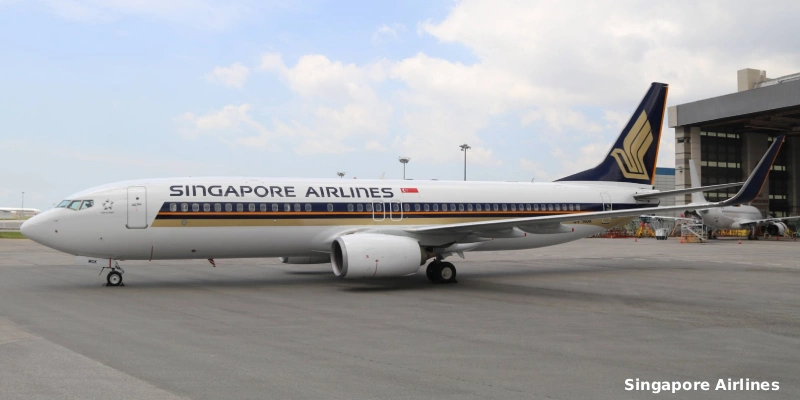The Airbus A321XLR’s ongoing certification and flight-test campaign is now in its final stages. As well as debriefing after the airlines’ recent route-proving flights, attention is also being focussed on ensuring that the first operators will have everything that they will need in terms of airworthiness compliance and operational support on day-one. This includes especially the technical documentation and the strategic spares and on-site expert support – to enable the airlines’ smooth operations with the longest-range Airbus Single-Aisle airliner.
During the last four years, teams from Airbus’ Customer Services department have been implanted into the A321XLR development team to ensure that all in-service feedback is embedded in the aircraft design and all its new components are assessed for potential in-service issues.
This close working as part of a multi-functional team aims to drive the maturity of both the aircraft and the programme’s supporting procedures to maximise the availability of the aircraft once it is in airline service.
→ Airbus reveals new Airspace interior features for the A330neo
This team continues beyond the delivery of the first A321XLRs to launch operators. This approach will ensure that the airlines are well supported with updates to technical documents, availability of spare parts throughout the globe, as well as with training and day-to-day operational support.
Compiling the technical documentation for Type Certification
One of the biggest challenges for the Type Certification and entry-into-service (EIS) of any new aircraft off the production line – and now for the A321XLR – is for its manufacturer to provide a full set of accompanying documents known as the “Instructions for Continued Airworthiness” (ICAs). These documents ensure that the type certification airworthiness standard is maintained throughout each aircraft’s operational life.
For example, airframe ICAs typically provide information about mandatory and recommended overhaul periods; ICAs often list the required special tools – and may also include instructions on how to use the tooling; another key part are the maintenance procedures eg. for the removal/installation of parts and equipment. There are also engine ICAs which include overhaul instructions – for which the respective engine OEM is responsible.
New A321 design elements require new technical documentation
Due to the derivative nature of the A321XLR, many of its parts are shared in common with the rest of the Airbus Single-Aisle Family, as are much of the associated processes and procedures contained in the ICAs. However, there are also major differences which require new ICA documentation to be authored.
Design changes have been introduced with the A321XLR to enhance its long-range capabilities. These include: new main landing gears; new wing flaps; the new integrated long-range rear centre fuel tank (RCT) requiring a new fuel system; a new high-capacity water & waste system; a new extended belly-fairing, and higher maximum take-off weight. All of these will involve changes to their related ICAs.
Spain’s Iberia will be the first airline in the world to add the Airbus A321XLR to its fleet after next summer.
Related Topics
Singapore Airlines Bids Farewell to Its Final Boeing 737-800 This Week
Boeing Receives FAA Authorization to Increase 737 MAX Production to 42 Aircraft per Month
Virgin Atlantic Selects Boeing to Enable High-Speed Wi-Fi Across Its 787 Fleet
Boeing Receives European Union Approval for Spirit AeroSystems Acquisition

Plataforma Informativa de Aviación Comercial con 13 años de trayectoria.




